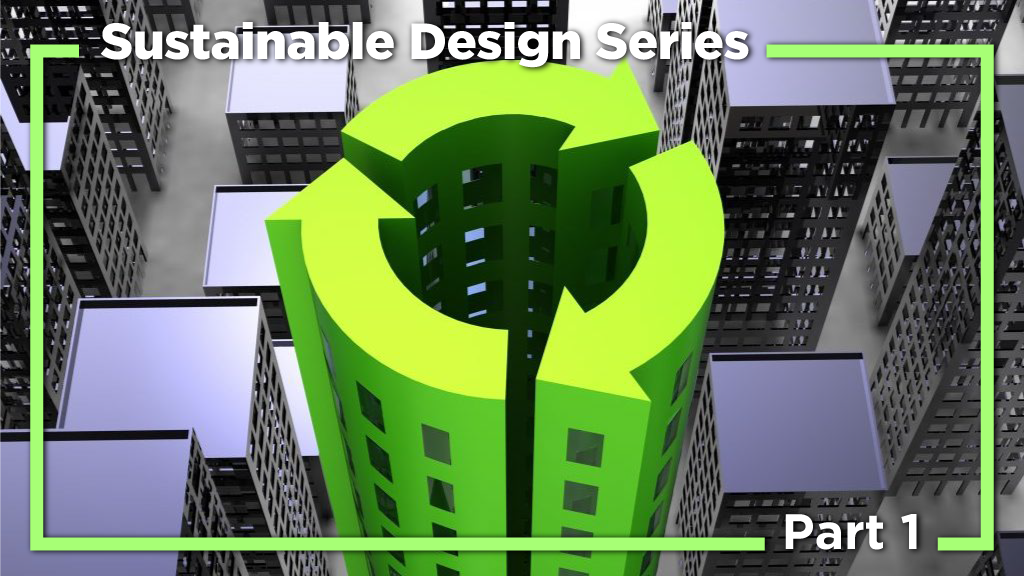A truly sustainable and comprehensive financial model for any upcoming real estate development project should incorporate the Total Life Cycle Cost Model (TLCCM). The TLCCM considers immediate construction costs (CapEx), and the reasonably discounted value of future operations and maintenance costs (OpEx). This engineering/economic model should be the norm for any project being built.
This applies equally to both speculative projects, like homes and apartments built to be sold or rented, and also to projects like schools, malls, hospitals and hotels, often built for owner/operators.
Despite the many publications, conferences and corporate proclamations about the value and importance of sustainability and total life cycle costs, only a very few truly trendsetting developers factor OpEx, and in particular energy efficiency, in their calculations for investment decisions.
The percentage of sustainably designed projects, on a per m2 or ft2 basis compared to conventional design, remains glaringly lower than it should be.
Let’s look at LEED, perhaps the world’s most popular green/sustainable certification system. According to the U.S. Green Building Council, there are approximately 80,000 LEED certified buildings worldwide. That is only slightly more than the total number of all buildings in Manhattan. When compared to the number of buildings that need to be built worldwide every day – 13,000 buildings per day worldwide, LEED is certifying an average of 25 buildings per day. At this rate, we’re not going to make the impact we need and must achieve.
According to the University of Michigan’s (UM) Center for Sustainable Systems, “Operational energy represents 80 to 90 per cent of a building’s life cycle energy consumption. In under 2.5 years of operation, a UM campus building with an estimated lifespan of 75 years consumed more energy than material production and construction combined.”
An inefficient engineering design for any project is wasteful. It will not only place an excessive financial burden on project’s lenders, owners, tenants, facility managers and utility companies, it ultimately costs city planners, society and the environment dearly. In other words, you, me and everyone else are paying the full true price of inefficient design.
By inefficient design I mean a building that is not designed as efficiently as it could or should be, and which then forces the contractor to build it and the facilities manager and tenants to operate it at subpar efficiency and comfort, and does not reflect its true cost to the environment.
The primary reason for the real estate industry’s illogical acceptance of inefficient buildings, which goes against tenants’ best interests, as well as the investors’ and societies’ long-term benefit, is the process of how projects get developed and executed.
This process – designing the project, building it, operating it, financing it, and then selling it involves players who almost always have conflicting self-interests and misaligned incentives. Globally, this ultimately results in buildings that consume 40 per cent of global energy and generate 33 per cent of greenhouse gas emissions.
Even though renewable and nuclear energy are providing a growing share of power production, fossil fuels continue to dominate, generating 80 per cent of power globally (63 per cent in the U.S.). At $3.33 trillion last year, the oil and gas industry is the third largest global business, after Insurance and pension funds, and is larger than commercial real estate, banking and auto manufacturing. Over the past 11 years, $7.1 trillion was spent on exploration and production ($650 billion/year on average).
Ignoring for the time being all the pollution, political intrigue and wars that the search for fossil fuels has created over the past century, imagine for a moment the true economic costs for all the fossil fuels that had to be discovered, extracted, transported, refined and then burned in a power station, so that 25 to 30 per cent of the energy value of that fuel can heat and cool inefficiently designed buildings. That’s wastefulness of epic proportions.
However, with the recognition of the risks and dangers of climate change, things are changing. But it should not take a planetary disaster to motivate us to do the right thing.
This op-ed is the first in a series from Eco-Structures International’s founder and director Ghassan Nimry, which focuses on innovative sustainable engineering solutions to today’s climate change problems. He believes technology can solve many of today’s seemingly intractable problems, but to make it work we need collective work, personal acknowledgement of our role in the problem and our ability to be part of the solution. Send comments to editor@dailycommercialnews.com.











Recent Comments
comments for this post are closed